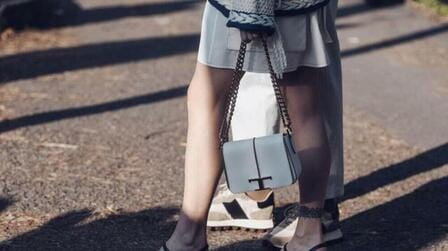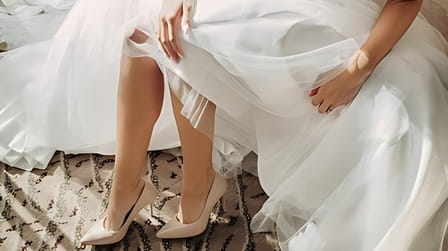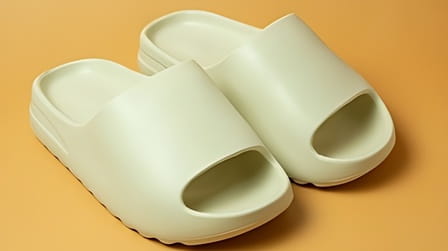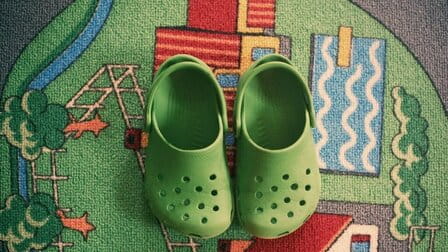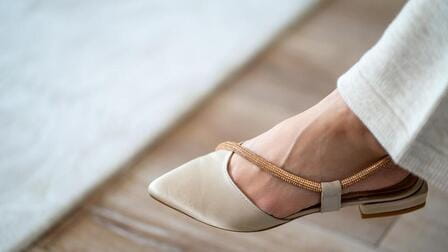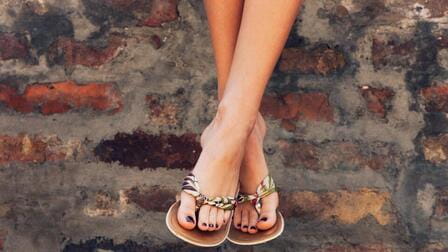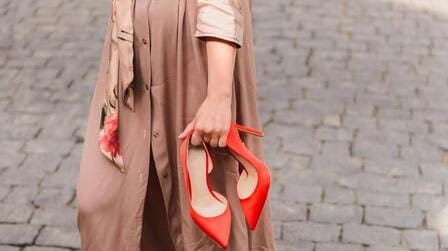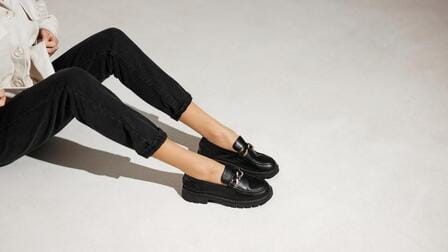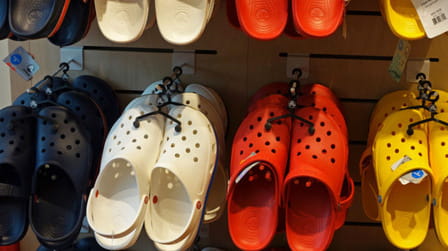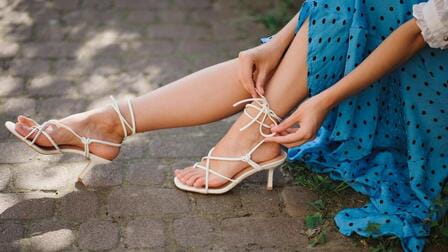Sandals are a popular type of footwear, especially in warm weather. However, like all types of shoes, sandals also have some potential drawbacks. Here are some of the main disadvantages of wearing sandals:
Lack of Support
One of the biggest issues with sandals is that they provide very little support for your feet. The soles are flat and thin without any arch support. The straps are minimal as well. This lack of structure can lead to foot pain, especially if you're on your feet all day. Plantar fasciitis, aches in the arches and ball of the foot are common. Sandals are not ideal for people with high arches or flat feet that require more support.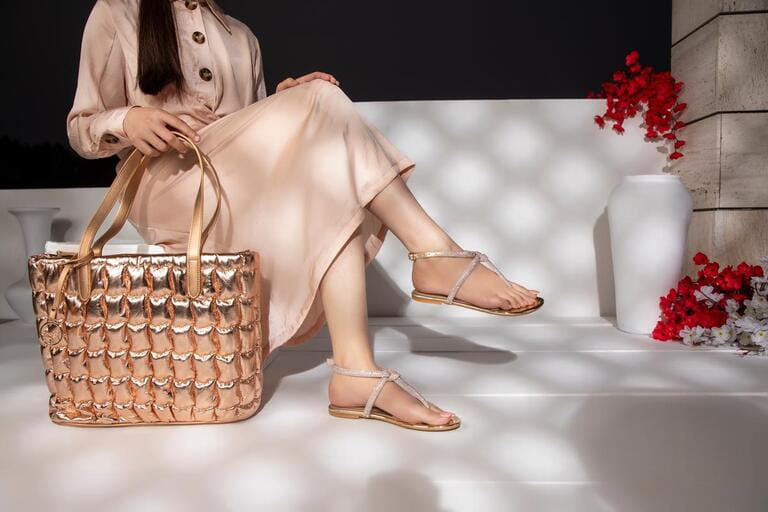
Increased Risk of Injury
With sandals, your feet are more exposed. You may be more prone to stubbing your toes, stepping on something sharp or getting your feet dirty. Sandals also provide little protection if something heavy drops on your foot. The open-toed design makes your feet more vulnerable to cuts, scrapes and bruises. You're also at a higher risk of getting blisters from all the rubbing against the straps.
Lack of Traction
Sandals often have smooth, flat soles without much tread. This can make them slippery on certain surfaces. The lack of grip increases your chances of slipping or falling if you're walking on wet, oily or uneven surfaces. The minimal straps of sandals also don't hold your foot in place very securely. So your foot may slide around in the sandal, again increasing the risk of slipping.
Improper Fit

Cold Feet
Sandals leave most of your feet exposed to the air. So they provide very little insulation to keep your feet warm. On cold days or in heavily air-conditioned buildings, sandals can leave your feet feeling chilled. There's also no barrier to keep water out. So if you're caught in the rain or step in a puddle, your feet will quickly get soaked and cold.
Limited Weather Use
Due to their open design and lack of insulation, sandals are generally suited for warm, dry weather only. They don't provide enough coverage for colder temperatures or wet conditions. Most sandals are not waterproof and will soak through if it's raining or snowing. The lack of protection also makes them unsuitable for more rugged activities like hiking. The limited weather use means sandals may not be a year-round shoe option in many climates.
Potential Hygiene Issues
The exposed nature of sandals also raises some hygiene concerns. Sweaty feet are more likely to build up odors without a closed-toe shoe. Sandals may pick up dirt, germs or bacteria if you wear them in public showers, locker rooms or other damp communal areas. The open design also allows your feet to spread fungi like athlete's foot. Proper cleaning and rotation of sandals can help mitigate some of these risks.
Not Suitable for Some Activities
Sandals are designed for casual use. They generally lack the structure, support and protection needed for more vigorous activities. Sports like running or hiking in sandals can strain your feet and ankles. Sandals offer little shock absorption, so they're not ideal for extended walking or standing. The backless design also means your foot may slide around too much for intense activities. And the open-toed style provides no protection against impact. So sandals are not recommended for most exercise, work or heavy-duty wear.
Professional Suitability

Conclusion
Sandals can be a comfortable and convenient shoe choice in warm weather. However, the minimalist design also comes with some inherent disadvantages. Sandals provide little structure or support, increasing injury risks. They lack insulation and weather protection as well. Ill-fitting and improper sandal use can also lead to foot issues. While sandals have their place in casual summer wear, they do not suit all climates, activities and dress codes year-round. Being aware of the potential drawbacks can help you pick sandals selectively in situations where they make the most sense.
